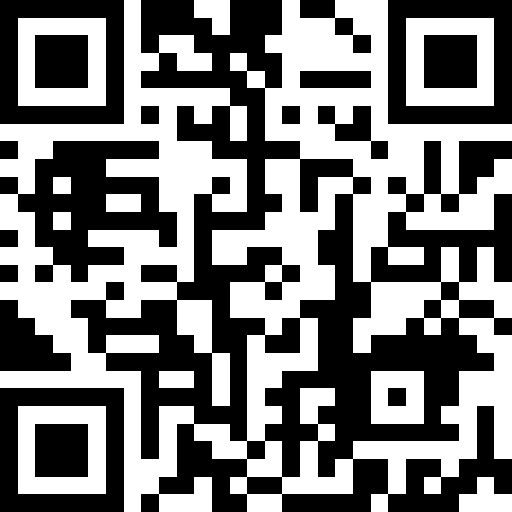Information
-
Weekly Safety and Health Inspection Food Services
-
Area of Inspection
- Cafeteria
- Culinary Arts
- Snack Bar
-
Conducted on
-
Person or persons completing the inspection
-
Centers are required to conduct and document weekly/monthly inspections. Results of the inspection are recorded below. In the event a deficiency is identified that cannot be corrected, the Safety Officer will submit a maintenance work order for the deficiency. Completed checklists must be returned to the Center Safety Officer based on center policy. The general safety and health checklist applies and should be attached to the checklist.
Weekly food services inspection
-
Temperatures for refrigerators and freezers are recorded daily (7 days a week).
-
All refrigerators and freezers have a separate mechanical gauge.
-
Original containers or approved secondary dispensers are properly labeled.
-
Food is properly protected during storage, preparation, display, service, and transportation.
-
Persons with infections are prohibited from working.
-
Hands are washed, clean, and good hygiene is practiced.
-
Clothing is washed, clean, and hair restraint is utilized.
-
Food contact surfaces are clean and properly maintained.
-
Non food contact surfaces are clean and properly maintained.
-
Dish washing facilities are properly maintained and operated.
-
Wash, rinse, and clean practices are utilized for dishes, cups, and utensils.
-
Sanitizing rinse clean;Rinse temperature recorded daily (180 degrees without sanitizing solution 150 degrees or above with sanitizing solution.) .
-
Wiping cloths: clean, properly stored, and limited in use.
-
Water source is safe, hot, cold, and has the proper pressure.
-
Toilet and hand washing facilities are adequate in number, accessibility, and properly cleaned.
-
Restrooms are properly enclosed, have self closing doors, fixtures are in good repair, hand cleaner is provided, hand dry device present, soap provided,toiletries, waste receptacles, and adequate ventilation provided.
-
Waste containers are provided, covered, adequate in number, insect/rodent proof, clean, not overflowing, and lids are closed.
-
Area is free of insects, rodents, birds, or other vermin.
-
Floors are properly constructed, drained, clean, and in good repair.
-
Proper ventilation is provided, no odors steam, or condensation present.
-
Walls and floors are clean, properly constructed and in good repair.
-
Dressing rooms are clean, lockers provided,and facilities are utilized.
-
Necessary toxins are properly stored, labeled, and stored separate from food perpetration.
-
Premises is maintained free of litter and unnecessary items.
-
Clean or soiled linen separated and properly stored.
General requirements
-
All doors or any door leading to an egress corridor closes and positively latches on its own. No doors are held open by any device that will not release when the fire alarm is activated.
-
All entrance or exit doors to egress hallways are fully operational and bear the appropriate fire rating tag. Doors are free of holes or breakage.
-
All fire egress maps include the following:<br>(A) Primary and secondary escape routes<br>(B) You Are Here markings<br>(C)Location of pull stations<br>(D) locations of fire extinguishers <br>
-
All panic bars are operational and in proper working order.
-
All exit lights are are in good condition,operational,and indicate the proper direction of egress.
-
All emergency lighting is in good condition and operational.
-
All ceiling tiles are in place and do not have a hole or crack larger than 1/8".
-
All electrical panels have a 3 foot entry way to panel. All panel doors close and lock.
-
Permanent electrical circuits are utilized in place of extension cords.
-
Floor and ceiling is free of missing tiles.
-
Walking surfaces are free of trip hazards such a flooring tears, carpet sags, or other trip hazards.
-
Walking surfaces are free of spilled liquids or water.
-
Sidewalks are free of cracks greater than 1/4".
-
Area is free of broken glass in doors or windows.
-
Materials are safely stacked and not within 18"vertically or 36"horizontally of a sprinkler head.
-
Area light fixtures are free of missing lens covers.
-
Flammable chemicals are properly stored in flammable storage cabinets which are vented to the outside.
-
All janitorial closets and mechanical rooms are closed and locked.
-
All G.F.C.I. receptacles are present and operational.
-
Electrical panels are properly labeled.
-
Electrical panel knock outs are in place.
-
M.S.D.S./S.D.S information is available to staff and students.
-
Proper footwear is being utilized by staff and students.
-
Safety Officer
-
Center Director
-
Safety Committee Member
-
Safety Committee Member
-
Safety Committee Member
-
Safety Committee member
-
Safety Committee Member
-
Safety Committee Member
-
Safety Committee Member








